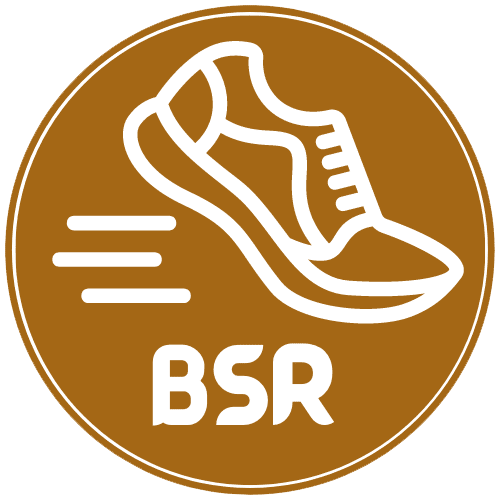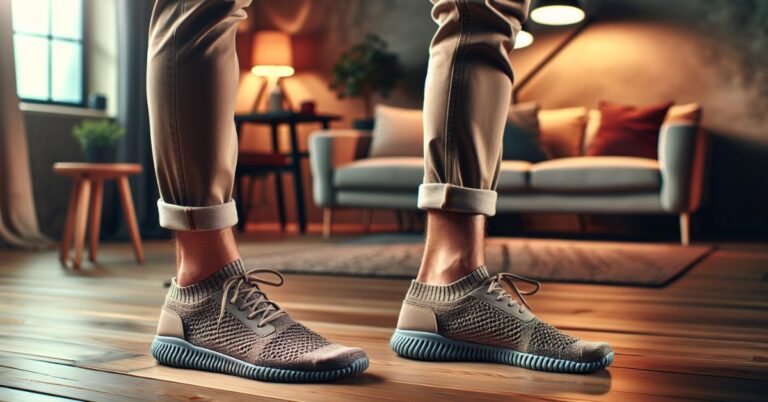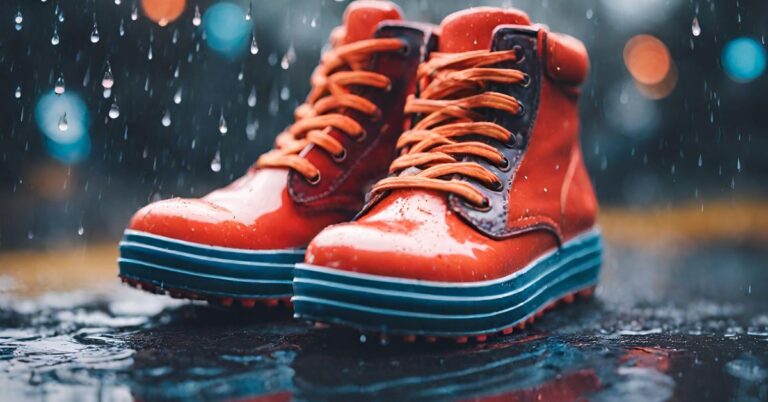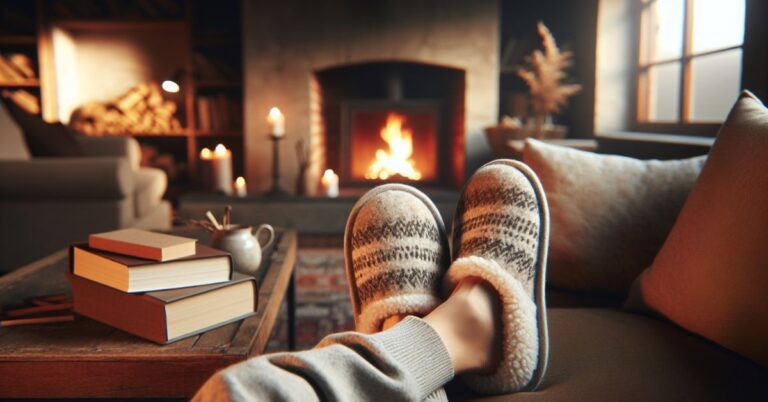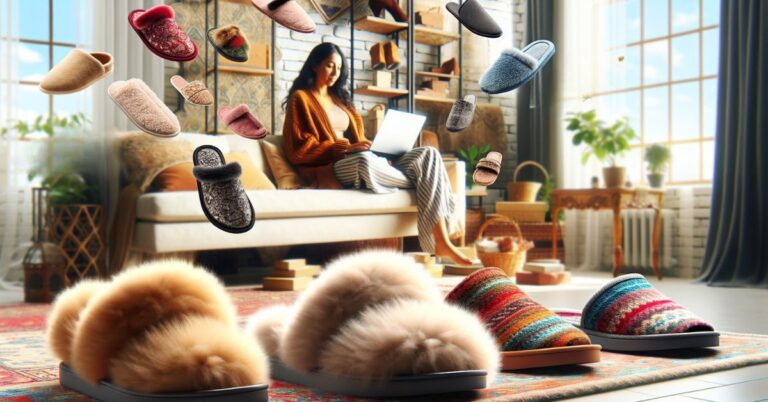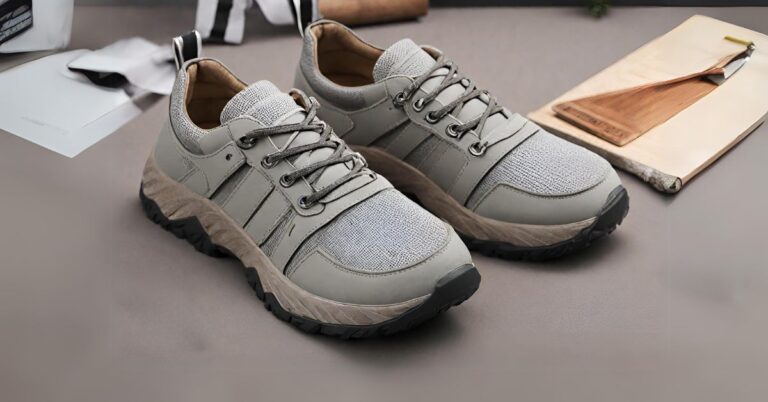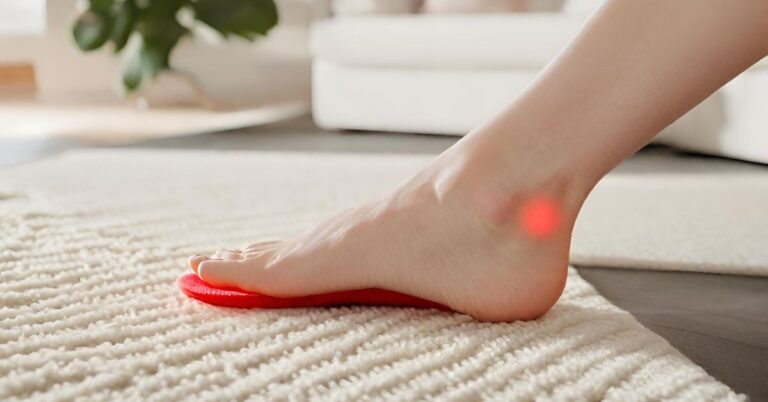Are House Slippers Good for Your Feet: The Surprising Benefits
After a long day at work or running errands, there’s nothing quite like slipping into a cozy pair of house slippers. But are they just a luxury or do they actually benefit your foot health? Let’s find out.
Benefits of Wearing House Slippers
When it comes to comfort and relaxation at home, house slippers are a must-have. Not only do they provide a cozy and warm feeling, but they also offer several benefits for your feet.
Support and Cushioning for the Feet
One of the primary benefits of wearing house slippers is the support and cushioning they provide for your feet. Unlike walking barefoot or wearing regular socks, slippers have built-in arch support and padding that help alleviate pressure on your feet. This can be especially beneficial if you spend a lot of time standing or walking around your home.
Protecting Against Injuries
House slippers can also protect your feet from injuries. They act as a barrier between your feet and the floor, preventing accidental slips, falls, and stubbed toes. Slippers with non-slip soles provide additional traction, reducing the risk of accidents on slippery surfaces.
Maintaining Proper Hygiene
Wearing house slippers can help maintain proper hygiene in your home. By wearing slippers indoors, you prevent dirt, dust, and other contaminants from being tracked inside. This is particularly important if you have carpets or prefer to keep your floors clean. Additionally, having designated indoor footwear can reduce the spread of germs and bacteria from outside.
Preventing Foot Odor and Fungal Infections
Another benefit of wearing house slippers is the prevention of foot odor and fungal infections. Slippers allow your feet to breathe and reduce moisture buildup, which can lead to unpleasant odors and fungal growth. Opting for slippers made from breathable materials like cotton or wool can further enhance airflow and minimize these issues.
It’s important to note that not all slippers are created equal. Look for slippers that offer good arch support, cushioning, and a non-slip sole for safety. Avoid slippers that are too tight or restrict movement as they can cause discomfort or even contribute to foot problems.
Types of House Slippers
When it comes to comfort and relaxation at home, house slippers are a popular choice for many. But are they actually good for your feet? Let’s take a closer look at the different types of house slippers and their impact on foot health.
Open-Toe Slippers
Open-toe slippers are a common choice for warmer climates or during the summer months. They provide ventilation and allow your feet to breathe. However, they do not offer much support or protection to your toes. If you have any foot conditions or require additional support, open-toe slippers may not be the best option for you.
Closed-Toe Slippers
Closed-toe slippers provide more coverage and protection for your feet. They are suitable for colder climates or if you prefer to keep your toes warm and cozy. Closed-toe slippers often come with cushioning and arch support, which can be beneficial for individuals with foot pain or discomfort.
Orthopedic Slippers
Orthopedic slippers are specifically designed to provide support and alleviate foot pain. They often feature features such as contoured footbeds, arch support, and shock absorption. If you have any specific foot conditions or require extra support, orthopedic slippers may be a good choice for you.
Indoor-Outdoor Slippers
Indoor-outdoor slippers are versatile options that can be worn both inside and outside the house. They usually have durable soles that provide traction and protection when walking on different surfaces. These slippers are convenient if you need to step outside briefly without changing your footwear.
While house slippers can provide comfort and warmth, it is important to choose the right type that suits your needs and foot health. Consider factors such as support, cushioning, and protection when selecting your house slippers. If you have any existing foot conditions or concerns, it may be beneficial to consult with a podiatrist for personalized recommendations.
Remember to prioritize your foot health and choose slippers that provide the necessary support and comfort for your feet.
Factors to Consider When Choosing House Slippers
When it comes to comfort and relaxation at home, house slippers are a popular choice. But are they good for your feet? Let’s explore the factors you should consider when choosing house slippers to ensure they provide the right support and comfort for your feet.
Material and Breathability
The material of the house slippers is crucial for foot health and comfort. Look for slippers made from breathable materials like cotton or wool, as they allow air circulation and prevent excessive sweating. Avoid synthetic materials that can trap moisture and lead to foot odor or fungal infections.
Sole Thickness and Support
The sole thickness and support of the house slippers play a significant role in providing comfort and reducing foot fatigue. Opt for slippers with a cushioned sole that absorbs shock and provides adequate support. A thicker sole can also offer better insulation against cold floors.
Size and Fit
Choosing the right size and fit is essential for optimal foot health. Ensure that the slippers fit snugly but not too tight. Slippers that are too small can cause discomfort, while those that are too big may lead to instability and increase the risk of tripping or falling.
Arch Support
If you have high arches or flat feet, consider slippers with built-in arch support. This feature helps maintain proper alignment of the feet and reduces strain on the arches. Look for slippers with contoured footbeds or removable insoles that allow you to customize the level of support.
In conclusion, choosing the right house slippers is important for maintaining foot health and comfort at home. Consider factors such as material, breathability, sole thickness, support, size, fit, and arch support when making your selection. By prioritizing these factors, you can ensure that your house slippers provide the necessary support and comfort for your feet.
How House Slippers Can Help with Foot Conditions
House slippers are not just cozy and comfortable, but they can also provide relief for various foot conditions. Whether you suffer from plantar fasciitis, arthritis, bunions, or require special care for diabetic feet, wearing the right pair of house slippers can make a significant difference in your comfort and overall foot health.
Plantar Fasciitis
Plantar fasciitis is a common condition characterized by inflammation of the plantar fascia, a band of tissue that connects the heel bone to the toes. Wearing house slippers with proper arch support and cushioning can help alleviate the pain associated with plantar fasciitis. Look for slippers with built-in arch support and a contoured footbed to provide stability and reduce strain on the plantar fascia.
Arthritis
For individuals with arthritis, finding footwear that offers comfort and support is essential. House slippers with soft, flexible materials and adjustable closures can accommodate swollen or sensitive joints. Look for slippers made from materials like memory foam or fleece that provide cushioning and warmth without adding pressure to arthritic areas.
Bunions
Bunions are bony bumps that form at the base of the big toe, causing pain and discomfort. Opting for house slippers with a wide toe box can help alleviate pressure on bunions and prevent further irritation. Look for slippers made from stretchable materials or those specifically designed to accommodate bunions.
Diabetic Foot Care
People with diabetes need to take extra care of their feet to prevent complications. House slippers designed for diabetic foot care often feature extra padding, seamless interiors, and non-binding uppers to reduce the risk of pressure points and irritation. These slippers also provide excellent insulation and protection to keep feet warm and comfortable.
When It’s Not Recommended to Wear House Slippers
House slippers are a comfortable and cozy footwear option for many people. However, there are certain situations where wearing house slippers is not recommended. It’s important to be aware of these situations to ensure your safety and prevent accidents.
During Physical Activities or Exercises
While house slippers are great for lounging around the house, they are not designed for physical activities or exercises. The soft and cushioned soles of house slippers do not provide the necessary support and stability needed for activities like running, jumping, or weightlifting. Wearing house slippers during physical activities can increase the risk of slipping, tripping, or twisting your ankle. It’s best to wear appropriate athletic shoes or sneakers that are specifically designed for exercise to prevent injuries.
In Wet or Slippery Conditions
House slippers are typically made with materials like fleece or cotton, which are not water-resistant. This means that wearing house slippers in wet or slippery conditions can be hazardous. Wet surfaces can cause the soles of house slippers to become slippery, increasing the risk of falls and injuries. If you need to go outside in wet weather or walk on slippery surfaces, it’s advisable to wear shoes with non-slip soles or waterproof boots that provide better traction and protection.
It’s important to prioritize safety and choose appropriate footwear for different activities and environments. While house slippers offer comfort and warmth indoors, they may not be suitable for physical activities or wet conditions. By being mindful of when it’s not recommended to wear house slippers, you can reduce the risk of accidents and ensure your well-being.
How to Care for House Slippers
When it comes to comfort and relaxation at home, house slippers are a popular choice for many. But are they good for your feet? Let’s explore the benefits and how to properly care for your house slippers.
Storing and Maintaining Slippers
Properly storing and maintaining your house slippers is essential to ensure their longevity and keep them in good condition.
- Cleanliness: Regularly clean your slippers to remove dirt, dust, and bacteria. Follow the manufacturer’s instructions for cleaning, as some slippers may be machine washable while others require hand washing. Air dry them thoroughly before wearing again.
- Indoor Use Only: House slippers are designed for indoor use only. Avoid wearing them outdoors as this can introduce dirt, debris, and moisture that can damage the slippers and compromise their comfort.
- Avoid Excessive Wear: While house slippers are comfortable, it’s important not to wear them for extended periods of time. Giving your feet a break by alternating between different types of footwear can help prevent foot fatigue and maintain healthy foot posture.
- Proper Fit: Ensure that your house slippers fit properly. Slippers that are too tight or too loose can cause discomfort and may not provide adequate support for your feet.
- Replace When Worn Out: Over time, house slippers will naturally wear out due to regular use. Inspect them regularly for signs of wear such as thinning soles or loose stitching. When they no longer provide the necessary support or comfort, it’s time to replace them with a new pair.
Taking care of your house slippers not only helps maintain their quality but also ensures that they continue to provide the comfort and support your feet need. By following these simple tips, you can enjoy the benefits of house slippers while keeping your feet happy and healthy.
Remember, if you have any specific foot concerns or conditions, it’s always a good idea to consult with a healthcare professional for personalized advice.
